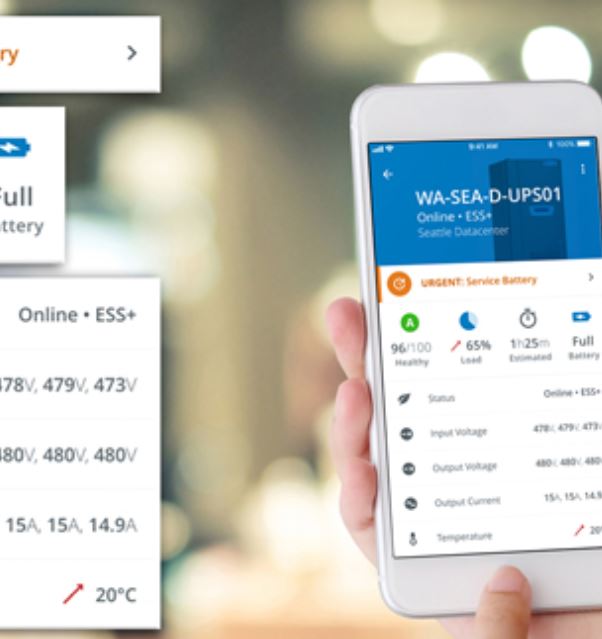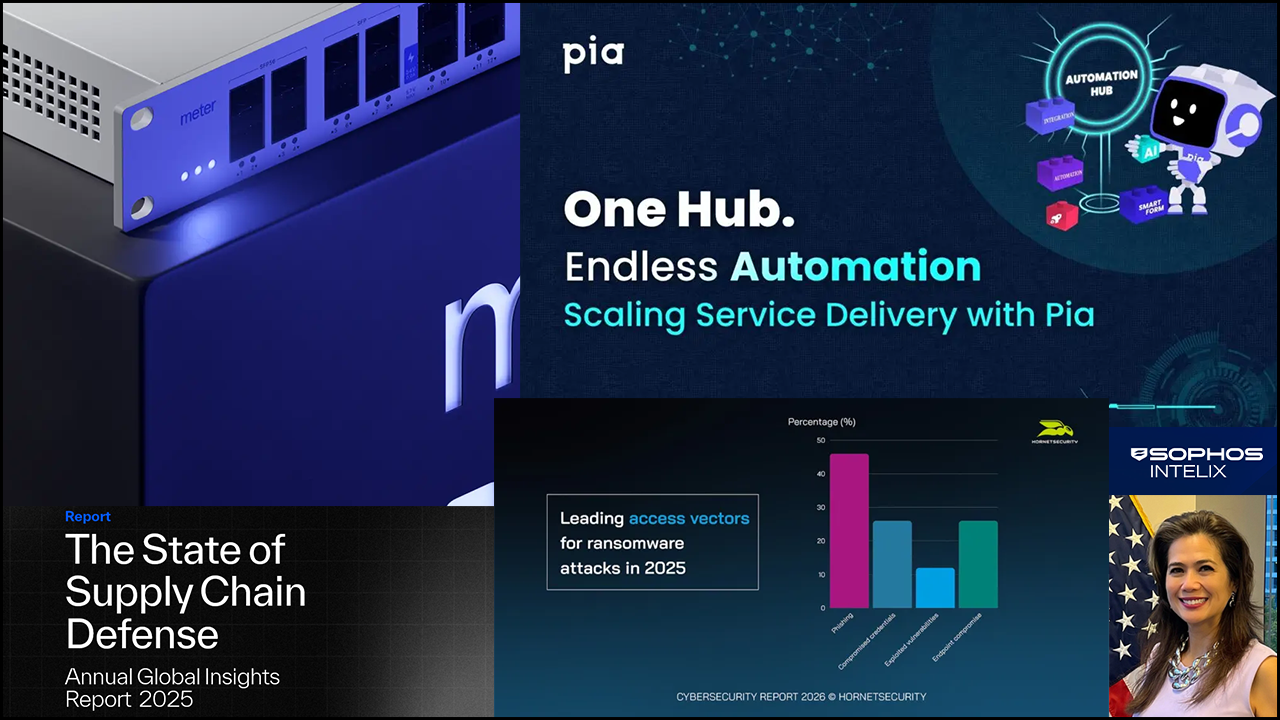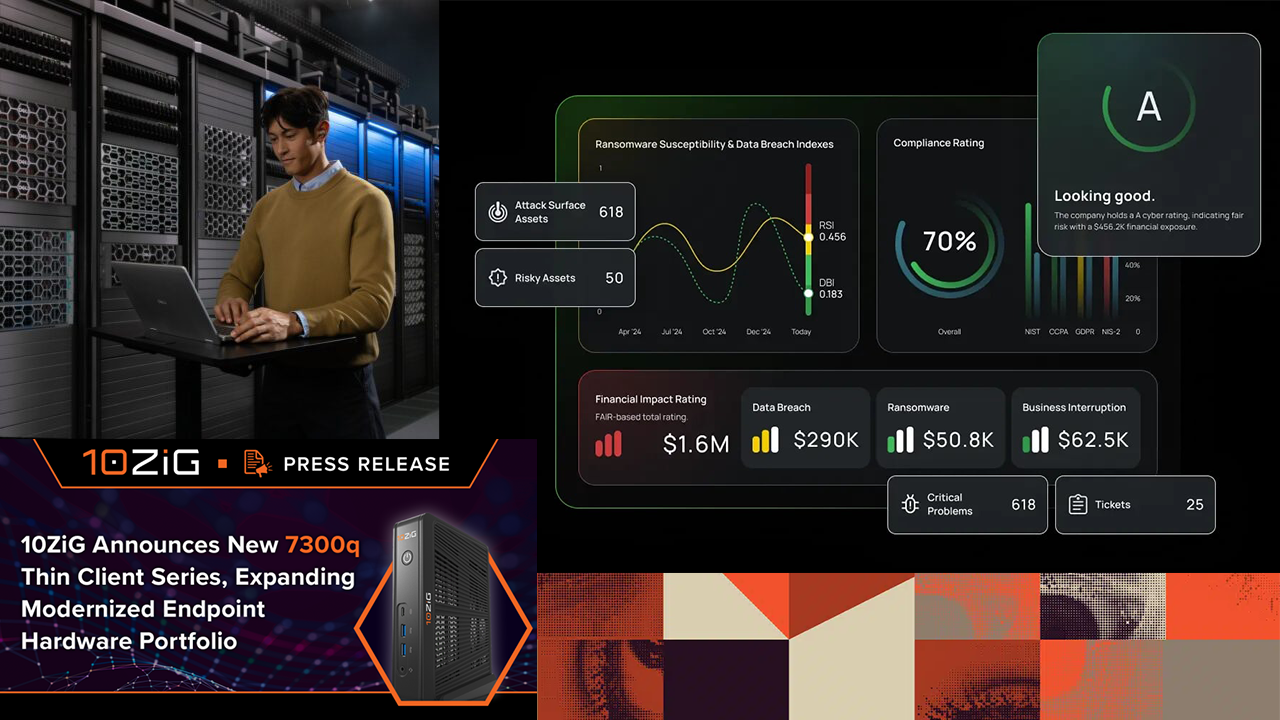Eaton‘s power quality division has launched a major update of its PredictPulse remote monitoring service that’s designed to provide easier access to more digestible information about uninterruptible power supplies and other power equipment.
The new functionality, which appears as well in PredictPulse Insight, a version of the service that pairs core capabilities with predictive analytics, is available now for existing users and becomes available Thursday for new ones.
“We’ve completely redesigned the whole user interface—really the whole user experience—to focus on the needs of IT professionals,” says Art Mulligan, Eaton’s product line manager for PredictPulse.
The system’s modernized UI, he continues, aims to help users spot relevant information more quickly. A new “PulseScore” feature, for example, assigns a letter grade and color code to power devices, allowing busy technicians to more easily see which ones need their attention.
“You can focus on UPSs that have, say, a lower PulseScore, like a C or a D or even an F, versus an A or A+,” Mulligan says, noting that users can click a unit’s PulseScore reading to get detailed information about why its grade is low.
PulseScores replace PredictPulse’s earlier Relative Performance Index, which focused solely on device-specific information like load percentage and how often a unit triggers alarms. The new rating system also factors in additional topics like how old a UPS’s battery is, how up to date its firmware is, and whether or not it’s had a recent preventive maintenance visit.
Eaton has also overhauled the PredictPulse mobile app, which previously displayed information only about alarms. “Everything you can do on a desktop browser you can now do on your smartphone,” Mulligan says, including check PulseScores, review device details, and view predictive maintenance recommendations.
A new notification system issues alerts through text messages as well as emails and phone calls like before. Users can now individually customize which of those delivery methods they use, as well as when they receive notifications.
“If you don’t want to be woken up at 3 a.m., for example, you can disable the call notification preference,” Mulligan says.
Other new capabilities in the system include the ability to assign power devices to groups based on location or other criteria, and to place devices within a hierarchy. Users can specify which devices they wish to see on an individualized basis now as well.
According to Mulligan, explanatory text in the new PredictPulse release is simpler for people without deep knowledge of power quality issues to understand. “Sometimes we take a somewhat cryptic alarm and make it more user friendly, so that you don’t have to be an engineer to figure out that something’s on battery or having an alarm that needs attention,” he says.
The same goes, Mulligan continues, for PredictPulse Insight’s maintenance alerts, which now provide more concise explanations of what is wrong and why it matters. “IT managers were saying, ‘give me the evidence or give me the backup to make it more clear why you think something’s about to fail.'”
PredictPulse is both more secure and more reliable as well, according to Mulligan, because Eaton has ported it from the on-premises infrastructure it ran on previously to the Microsoft Azure public cloud.
Annual subscription pricing for the system, which includes optional 24×7 remote monitoring assistance from Eaton technicians, is unchanged.
Eaton has been offering remote monitoring of its UPS hardware, via dial-up modems originally, since as far back as 1979. A more web-friendly solution called eNotify, which debuted in 2004, was followed by PredictPulse in 2016. The upgrade announced today is the most significant revision to that service since then.
“This is a complete reinvention,” Mulligan says.
Originally targeted at enterprise organizations with big data centers, PredictPulse has proven popular in smaller settings as well. “Surprisingly, we’re finding more and more traction with distributed or edge applications,” Mulligan says, including healthcare organizations with large volumes of network closets and retailers with multiple stores to manage.
For partners, he adds, offering PredictPulse can turn one-time UPS sales into an ongoing income stream. “It’s kind of an annuity or recurring revenue application, because typically once you get it, you tend to keep it,” Mulligan says.
In a further expansion of its management software portfolio, Eaton rolled out an edition of its Visual Power Manager remote administration tool specifically for SMBs two weeks ago.












